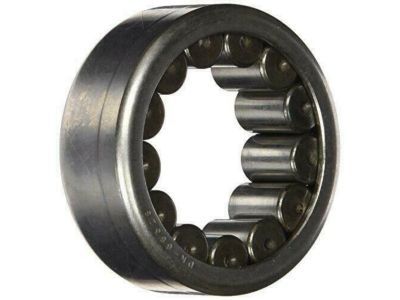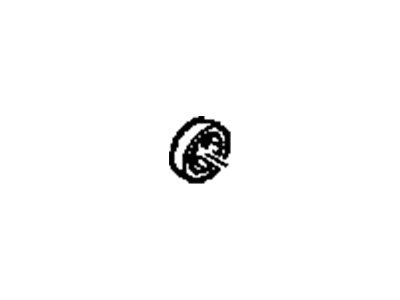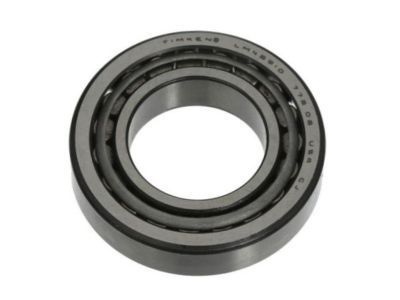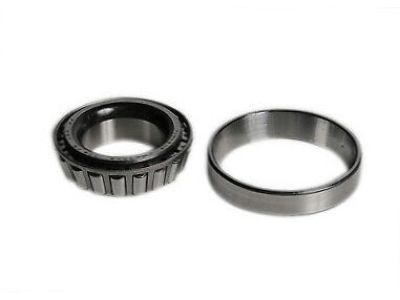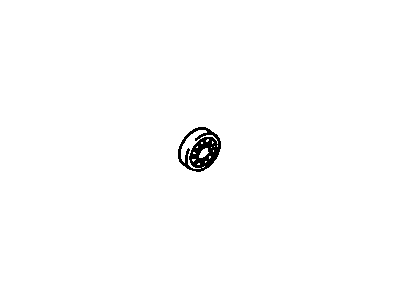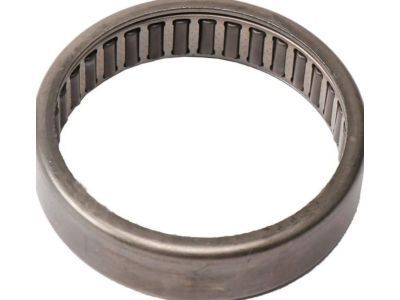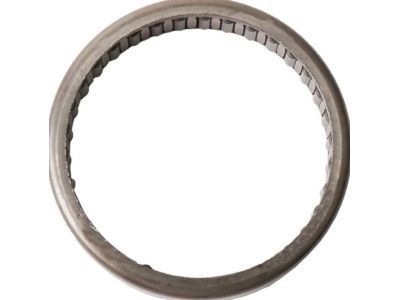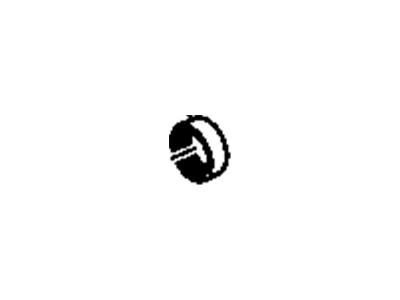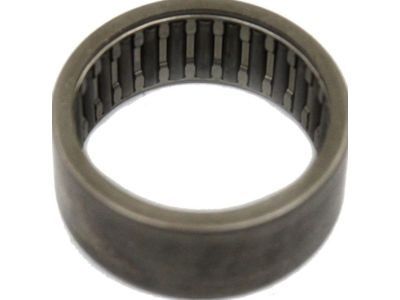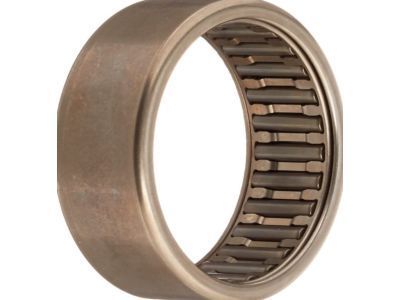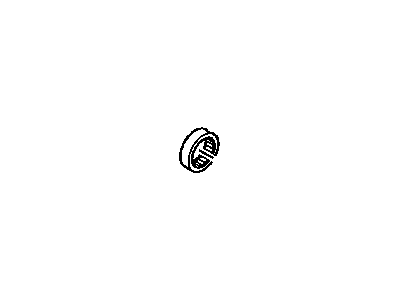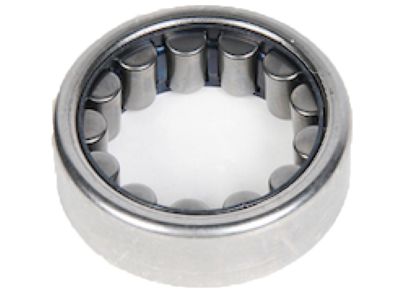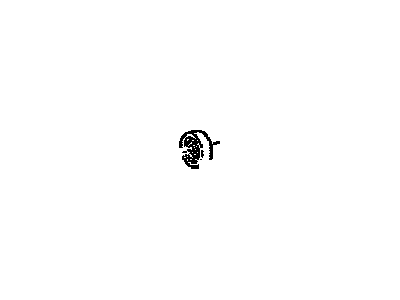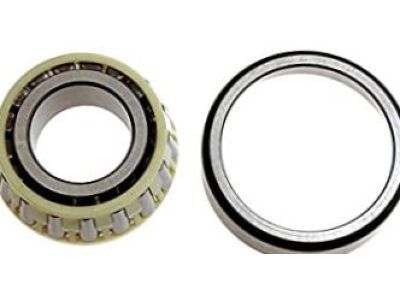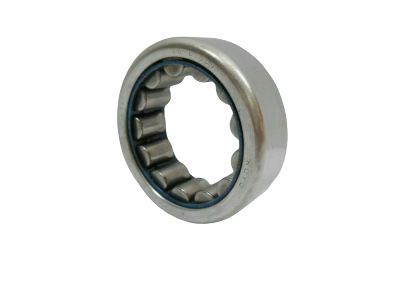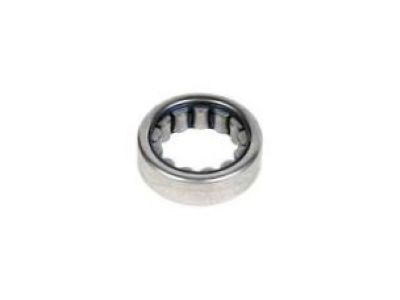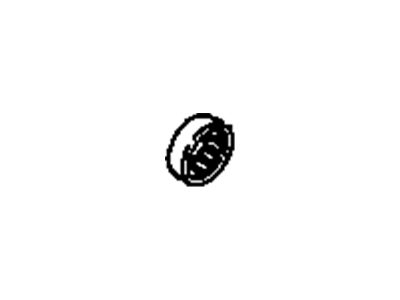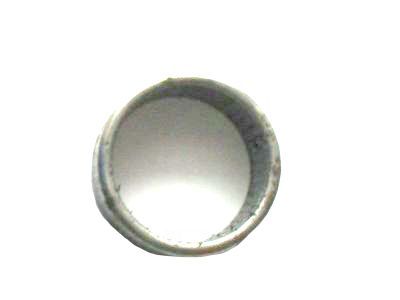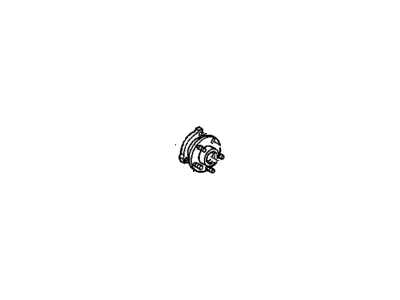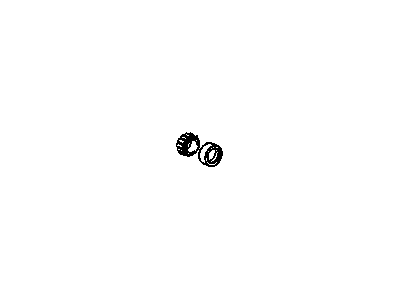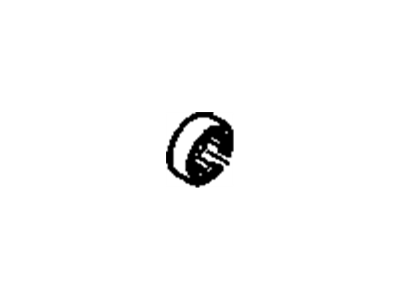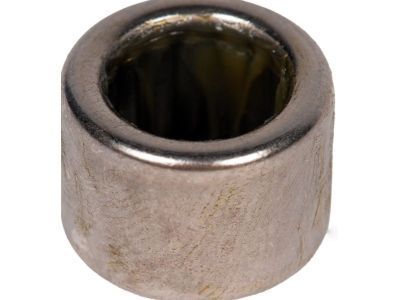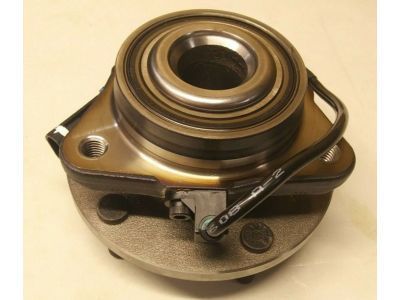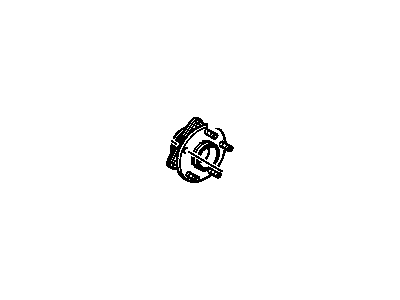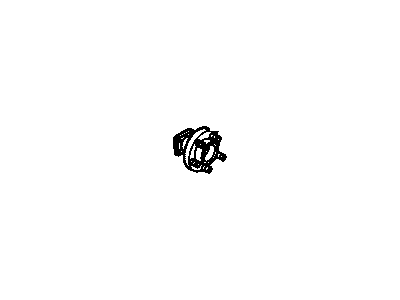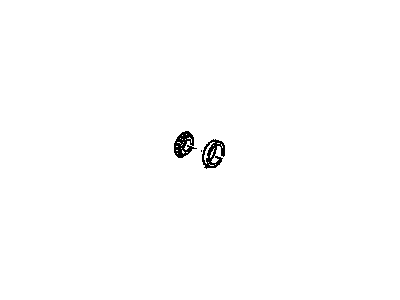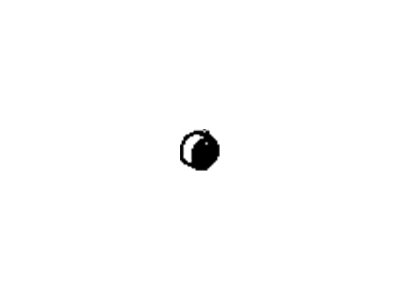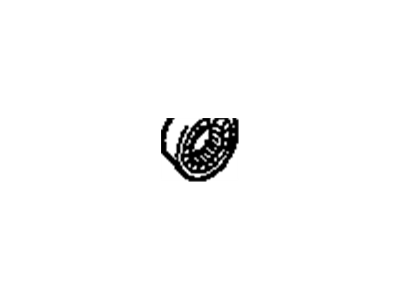
My Garage
My Account
Cart
Genuine GMC Jimmy Wheel Bearing
Hub Bearing- Select Vehicle by Model
- Select Vehicle by VIN
Select Vehicle by Model
orMake
Model
Year
Select Vehicle by VIN
For the most accurate results, select vehicle by your VIN (Vehicle Identification Number).
18 Wheel Bearings found
GMC Jimmy Front Wheel Bearing
Part Number: 457052$38.61 MSRP: $66.52You Save: $27.91 (42%)Ships in 1 Business DayGMC Jimmy Front Wheel Bearing
Part Number: 457196$22.93 MSRP: $43.24You Save: $20.31 (47%)Ships in 1-2 Business DaysGMC Jimmy Front Wheel Bearing
Part Number: 26053326$10.84 MSRP: $20.46You Save: $9.62 (48%)Ships in 1-3 Business DaysGMC Jimmy Front Wheel Bearing
Part Number: 26041515$29.07 MSRP: $54.84You Save: $25.77 (47%)Ships in 1 Business DayGMC Jimmy Rear Wheel Bearing
Part Number: 88927028$26.38 MSRP: $49.79You Save: $23.41 (48%)Ships in 1-2 Business DaysGMC Jimmy Wheel Bearing
Part Number: 14066918$10.68 MSRP: $20.16You Save: $9.48 (48%)Ships in 1-2 Business DaysGMC Jimmy Front Wheel Bearing
Part Number: 457434$10.48 MSRP: $27.74You Save: $17.26 (63%)Ships in 1-2 Business DaysGMC Jimmy Front Wheel Bearing
Part Number: 12413045$233.07 MSRP: $454.33You Save: $221.26 (49%)Ships in 1-2 Business DaysGMC Jimmy Front Wheel Bearing
Part Number: 457232$29.25 MSRP: $50.52You Save: $21.27 (43%)Ships in 1-2 Business DaysGMC Jimmy Front Wheel Hub
Part Number: 26041516$4.79 MSRP: $9.04You Save: $4.25 (48%)Ships in 1-2 Business Days
GMC Jimmy Wheel Bearing
GMC Jimmy Car models use Wheel Bearings, which are vital parts responsible for the wheel movement since they provide spin. There are 3 hub and bearing arrangement, one is the assembled unit that comes with the ABS sensor. Damaged or worn bearings generate noise and excessive vibration; the wheels may come off. Daily and weekly checks are needed, as well as measures that have to be taken to avoid such issues as rough, play, and any additional damage. Cartridge type tapered roller bearings being releasable needs to be cleaned properly and then packed with special high quality grease. All in all, Wheel Bearings have a profound importance in ensuring smooth and safe drive in the GMC Jimmy vehicles.
Each OEM GMC Jimmy Wheel Bearing we offer is competitively priced and comes with the assurance of the manufacturer's warranty for the part. Furthermore, we guarantee the speedy delivery of your orders right to your doorstep. Our hassle-free return policy is also in place for your peace of mind.
GMC Jimmy Wheel Bearing Parts Questions & Experts Answers
- Q: How to check and replace front wheel bearings on GMC Jimmy?A:In most cases, the front wheel bearings should be checked whenever the front of the vehicle is raised, typically coinciding with brake pad replacement. The vehicle must be supported safely on jackstands and each wheel assessed by spinning it while checking for noise, rolling resistance and freeplay. You should grab the top and bottom of each tire to check for excessive play as you move the wheel in and out on the spindle; if there is any noticeable movement, bearing inspection, repacking with grease or replacement is required. After removing the wheel, remove the brake caliper and hang it out of your way possibly using a wood block between the brake pads for separation. Thereafter pry out dust cap, straighten and remove cotter pin then take off nut lock, nut, and washer from spindle. Slightly pull hub/disc assembly outwardly then push it back to facilitate removal of outer bearing. Then separate hub/disc assembly from spindle using screwdriver skimming seal out of rear side of hub keeping in mind how it was oriented during its installation. Proceed further to remove inner wheel bearing, clean all components thoroughly with solvent before carefully inspecting them for damage on races or bearings themselves. Replace any defective bearing races at a machine shop if necessary making sure that old bearings are not installed on new races. Thereafter pack bearings with high-temperature front wheel bearing grease and apply thin coat to designated spindle areas. Finger dam grease inboard of each bearing race inside the hub to contain excess grease. After this insert grease-packed inner bearing, a new seal then put outer bearing on top. Place washer on spindle followed by spindle nut which should be tightened gently; spin hub while tightening to approximately 20 ft-lbs then loosen 1/4-turn and finally secure snugly by hand using new cotter pin plus nut lock. Next install dust cap; replace brake caliper; re-attach the wheel then check condition of bearings by grabbing top & bottom of the tire. Finally, lower the vehicle.
Related GMC Jimmy Parts
Browse by Year
2001 Wheel Bearing 2000 Wheel Bearing 1999 Wheel Bearing 1998 Wheel Bearing 1997 Wheel Bearing 1996 Wheel Bearing 1995 Wheel Bearing 1994 Wheel Bearing 1993 Wheel Bearing 1992 Wheel Bearing 1991 Wheel Bearing 1990 Wheel Bearing 1989 Wheel Bearing 1988 Wheel Bearing 1987 Wheel Bearing 1986 Wheel Bearing 1985 Wheel Bearing
